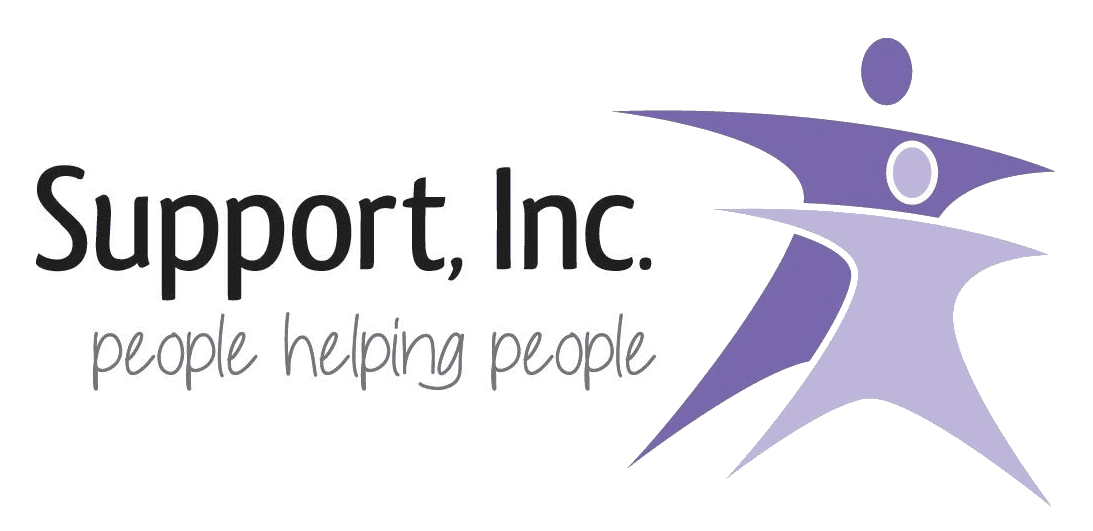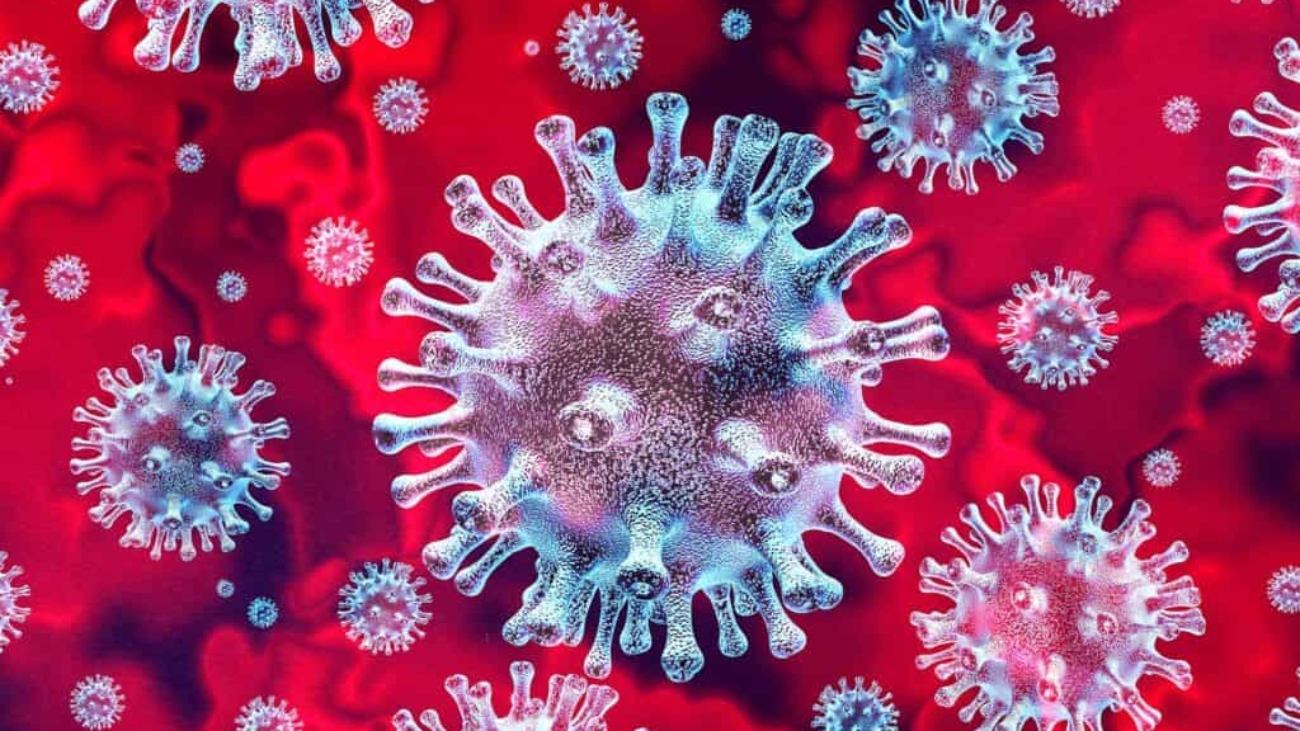To Support, Inc. staff, providers, and families
In this COVID-19 communication we will cover the following:
- Omicron variant
- Vaccine updates & booster dose clinic
- COVID-19 Operating protocol update
COVID-19 Omicron variant
On November 26, 2021, the World Health Organization (WHO) classified a new variant, B.1.1.529, as a Variant of Concern and has named it Omicron. The first case of the Omicron variant was detected in the United States on December 1st. The individual, who is fully vaccinated, recently traveled internationally. The developed mild symptoms that are improving and has been in self-quarantine since symptoms developed. The WHO is working with researchers around the world to conduct studies to better understand the Omicron variant.
In previous communications we discussed that all viruses are continually changing through mutations. A variant has one or more mutations that are different from other variants in circulation. As expected, multiple variants of COVID-19 (SARS-CoV-2) have been documented across the globe. Scientists compare the genetic differences between viruses to identify variants and how they relate to each other. Variants are labeled using the Greek alphabet (i.e. Alpha, Beta, Gamma, etc.) as way to identify and discuss variants by non-scientific audiences. The CDC classifies variants into three classifications, variant of interest (VOI), variant of concern (VOC) and variant of high consequence (VOHC). The CDC has classified the Omicron variant as a variant of concern (VOC).
The recent emergence of the Omicron variant further emphasizes the importance of vaccination and prevention strategies to protect against COVID19.
Vaccine updates & booster dose clinic
The Food and Drug Administration (FDA) recommends all adults aged 18 and over get a COVID-19 booster shot. Individuals who received the Moderna or Pfizer vaccine should get a booster dose 6 months or more following their second dose. Individuals who received the Johnson & Johnson vaccine should get a booster dose 2 months or more following the initial vaccine.
Individual’s may choose which vaccine they receive for their booster dose. The Food and Drug Administration (FDA) and Centers for Disease Control (CDC) allow for ‘mixing and matching’ the booster dose vaccine type. Side effects of the booster shot are similar to the side effects after the second dose series. The most common side effects are fatigue and pain at the injection site. Most side effects are mild to moderate. To relieve side effects, use or exercise the arm you got the shot in, drink plenty of fluids and apply a cool washcloth to the injection site.
We have contacted our partners at Colorado Department of Public Health and Environment (CDPHE) to request support to host a booster dose clinic. We hope to offer a booster dose clinic at our Aurora office after the new year. As we work with CDPHE to plan the clinic we will provide on-going updates.
COVID-19 Operating protocol update
We have updated our operating protocol and COVID-19 procedure to reflect the current guidance from Centers for Disease Control (CDC) and Colorado Department of Public Health and Environment (CDPHE) regarding the testing window following a known exposure. Individuals who are unvaccinated should quarantine following a known exposure to COVID-19 and get tested 5-7 days after the last date of exposure. Individuals who are fully vaccinated and asymptomatic following a known exposure do not need to quarantine but should wear a mask in public and get tested 5-7 days after the last known exposure.
If you have any questions, please do not hesitate to reach out to myself or your supervisor. We will continue to provide updates through email, our website and our Facebook page.
Thank you,
Laura Viers
Associate Director of Quality Assurance
T :: 970-667-7424
ext. 200

